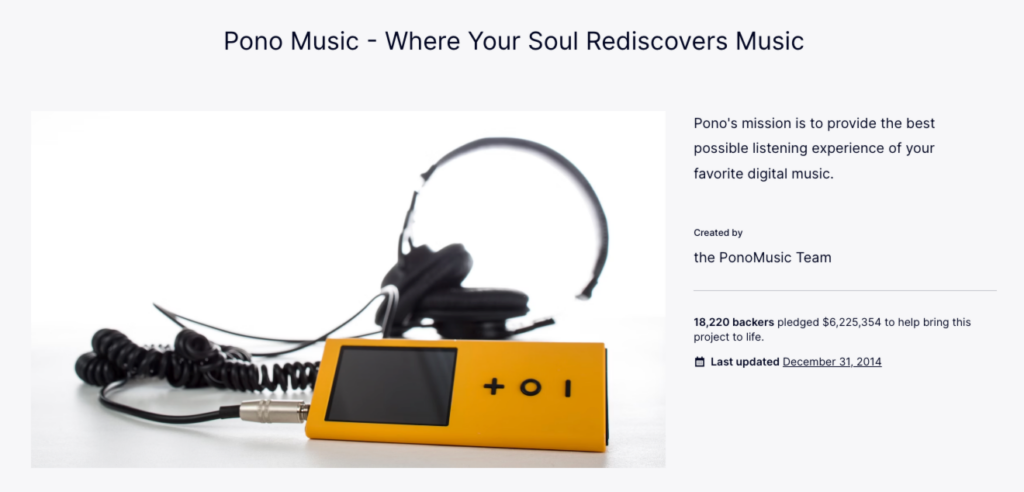There are several excuses many small businesses make as to why they still don’t have a social media presence: 1) They think it is not for them, or “our customers and prospects aren’t on social media” 2) They think they do not have the time 3) They do n …
There are several excuses many small businesses make as to why they still don’t have a social media presence:
1) They think it is not for them, or “our customers and prospects aren’t on social media”
2) They think they do not have the time
3) They do not know how to use social media sites effectively
First, Generation Y (born between 1979 and 1997) now outnumbers the Baby Boomers (born between 1946-1964)—and guess what? 97% of them are active on social media. Furthermore, by 2013 an estimated 67% of the U.S. population will participate on social media sites. What does that mean? Social media is booming. If you’re a small business, you are missing out on huge opportunities to connect through social media, particularly with younger consumers.
If you’re still uncertain where to start, don’t fret. There are plenty of excellent places to learn how to use social media. Or you can hire an agency to train you or manage social media marketing for your business.
A big mistake is trying to establish a presence on too many sites before you’re ready. Instead of creating an account on every site and then not tending to them, for now let’s focus on these three: Facebook, Twitter and YouTube.
Facebook is still the broadest network to get your messages and product information out there. If Facebook were a country, it would be the third largest, with 800+ million users. That means there a plenty of people to market to, in every demographic. Like most other networking sites, Facebook gives you the opportunity to use two-way communications to connect with your customers. When one of your fans comments or likes something, it will show up on their wall. Now you are not only reaching that fan, but potentially many of their friends.
The key to Facebook marketing is giving your fans something they want. Coupons and special sales are good, but not too often. You don’t want to make your customers dependent on the discounts. This happens with companies like Jos. A. Bank, which has a huge sale every other week—so why would anyone shop there when there isn’t a sale? Also, post videos. Videos are viewed more and liked more than written content.
Twitter has, on average, 190 million tweets per day. This is a great way to get your name out there and get people talking about you. The key to Twitter is conveying your message in 140 characters, which can be challenging for many people. It simply takes time and practice. Like Facebook, Twitter is a way to keep your followers up-to-date on events and products and to get valuable feedback.
Using a social media dashboard like Hootsuite will improve your Twitter experience. This makes it easier to follow discussions and schedule tweets. That way, you don’t have to always be active, but you can still provide valuable information throughout the week. Also, learn about and use hashtags, which make it easier to see what people are saying about your brand or keywords related to your industry.
YouTube is the second largest search engine in the world after Google (not surprising since Google owns YouTube). This is where buzz marketing and viral marketing come together. Setting up your own YouTube channel is quick, easy and free. Posting videos to your own channel makes them easier to find.
Come up with different ideas for videos; for example, mini commercials, video blogs, interviews with the owner, tours of your offices and product demonstrations. Keep your videos short, preferably under five minutes to keep viewers engaged. Make sure you embed your videos in your website and share them via Facebook and Twitter.
Finally, make sure your message is consistent on all social media sites, and stay active. It will take time to see results, depending on your business, the quality of your content and your commitment of time and resources.
Remember, as a small business starting out, it’s better to focus on a couple sites and do them well. Create a strong foundation on these three sites, then consider adding more to your repertoire such as LinkedIn and Google+.
Work With Us
Want to learn more about how we’d prepare your product for launch? Request a quote today.
Want To See This Advice In Action?
Check out our case studies and learn more about how we’ve achieved stellar results for our clients.



